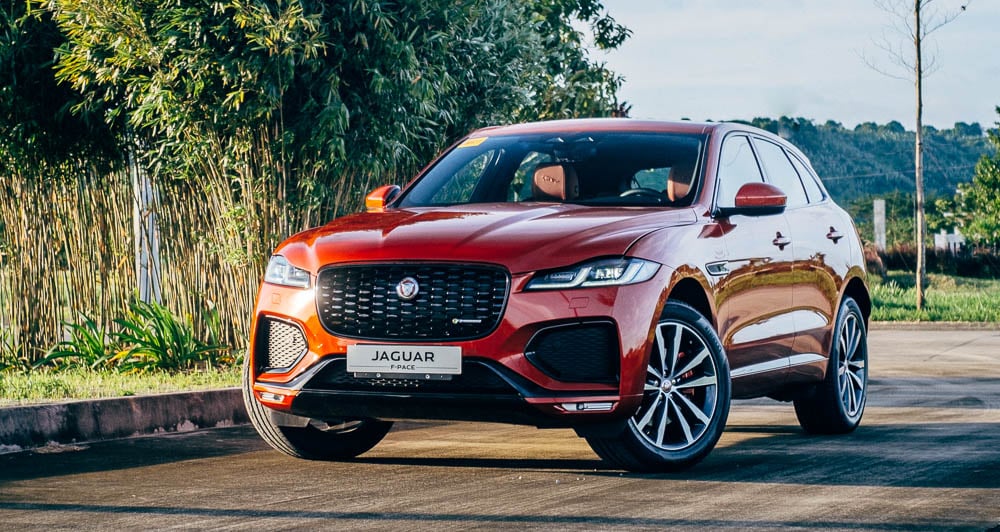
Are you familiar with that Rick and Morty meme on the Internet that begins with a robot asking, “What is my purpose?” You can probably infer the same thing when it comes to crossovers from companies that were known for, well, not building them in the first place.
I’m not calling out Jaguar specifically for this, but companies can say what they want about justifying building one. The bottom line is that it’s mostly for financial reasons because the market demand is there. Just take a look at Ferrari and its Purosangue.
But hey, it’s the rule of the land now, and carmakers have to do what they have to stay afloat. But that doesn’t necessarily mean that all crossovers are generally a bad thing that we (enthusiasts) should hate.
Aside from offering benefits that the form factor delivers, it’s up to the manufacturer to step up and differentiate its offering from the rest of the pack, and I think that Jaguar has done pretty well with its latest iteration of the F-Pace crossover.
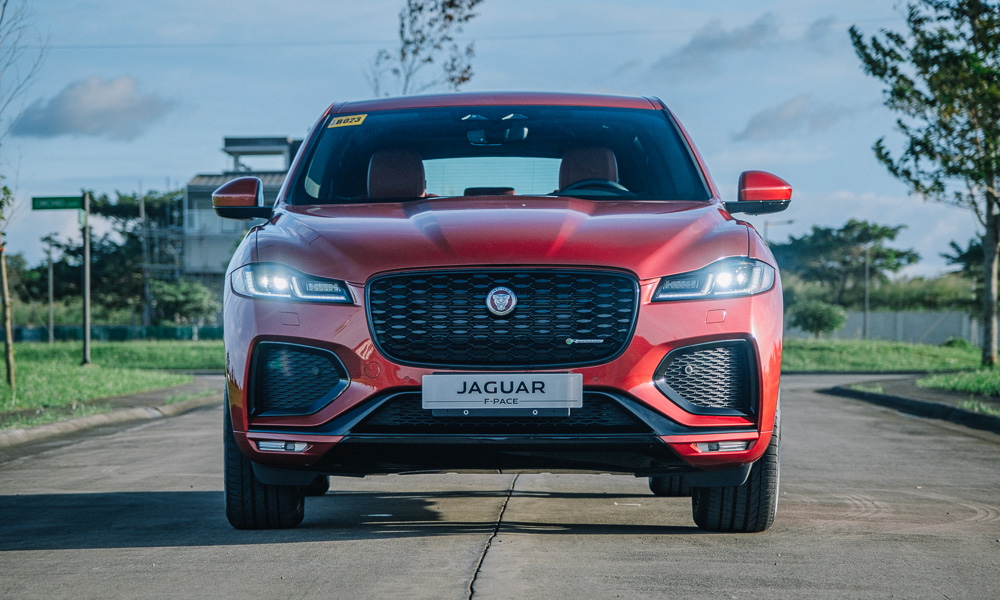
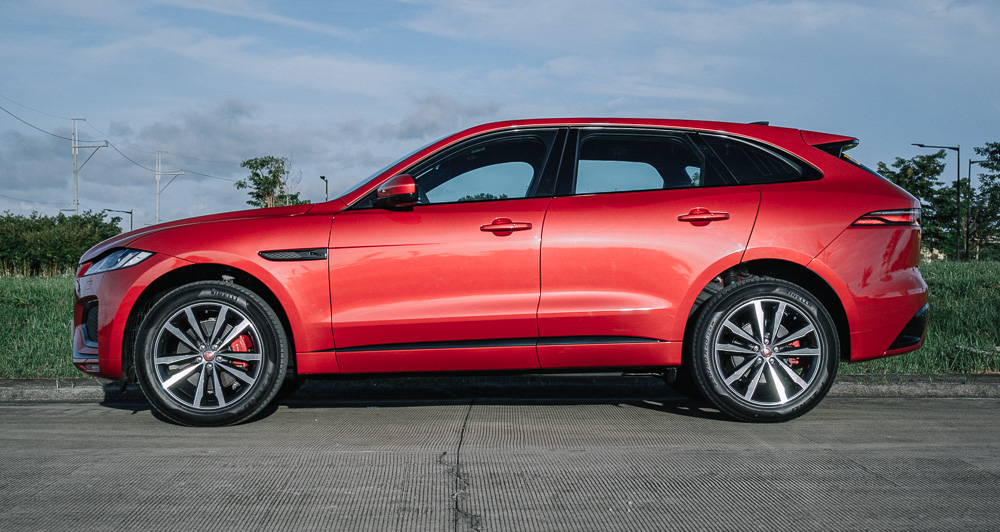
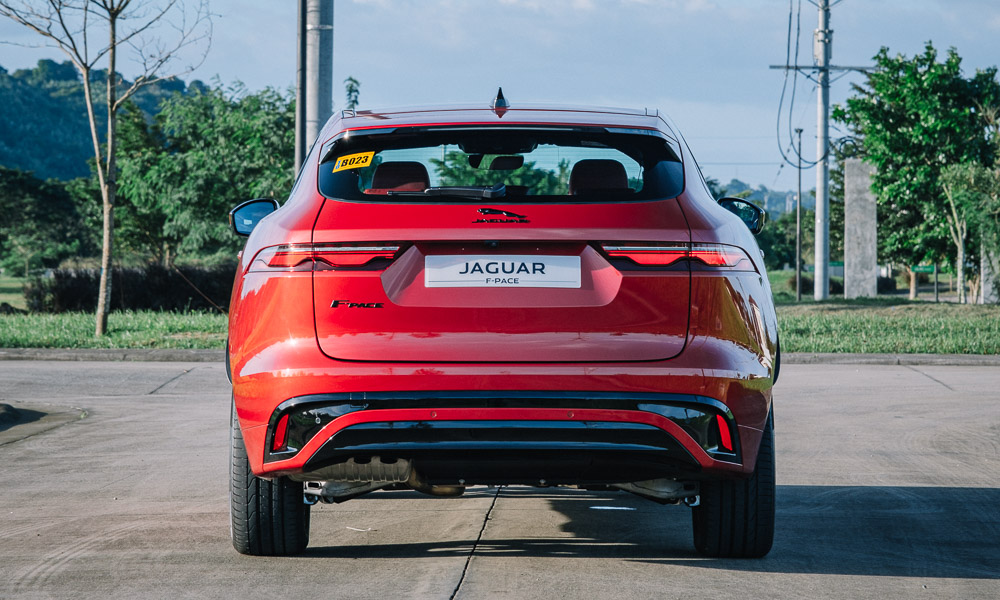
Yes, let’s get this out of the way: It looks identical to the recently refreshed XF, down to the front grille, the “Double J” headlamps, and the taillights.
Crossovers will and always look frumpy, so it’s up to the manufacturers to decide if they want to embrace the SUV aesthetic or to compromise with a low, sloping roofline (or even an ugly coupe-like rear end). Jaguar chose a sloping roofline that may impede headroom and make ingress a bit of a chore for the rear passengers, but I’d be damned to not say that this is one fine-looking crossover.
This is fitted with the R Dynamic cosmetic package and the Black Pack, so all instances of brightwork on the body are all, well, blacked out, including the glaringly obvious fake vents found in the fender and the front bumper. The 20-inch alloy wheels are wrapped by chunky Pirelli P Zero rubber measuring 255/50.
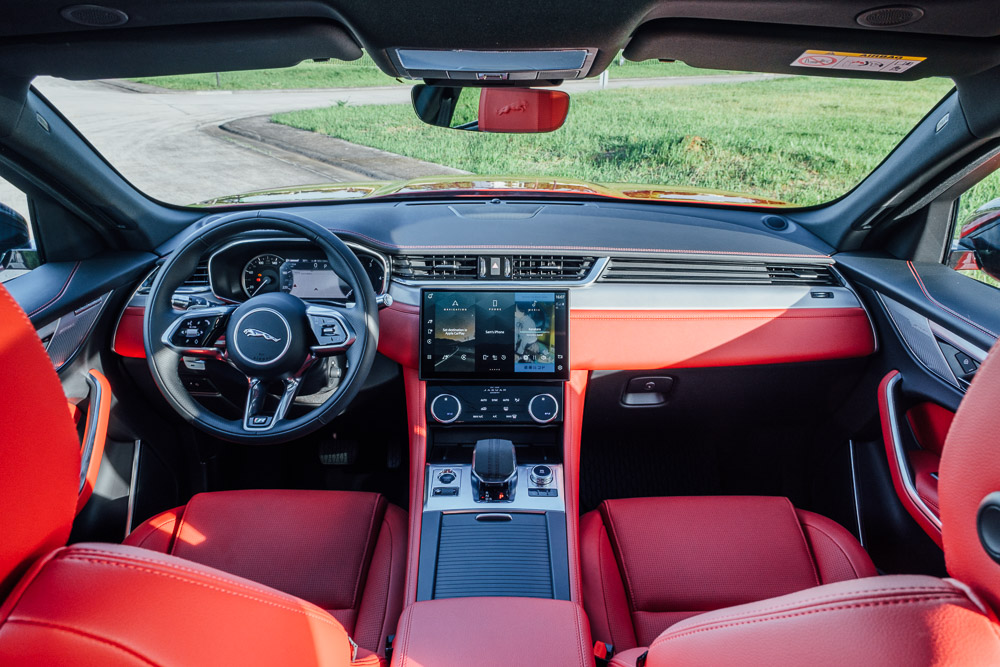
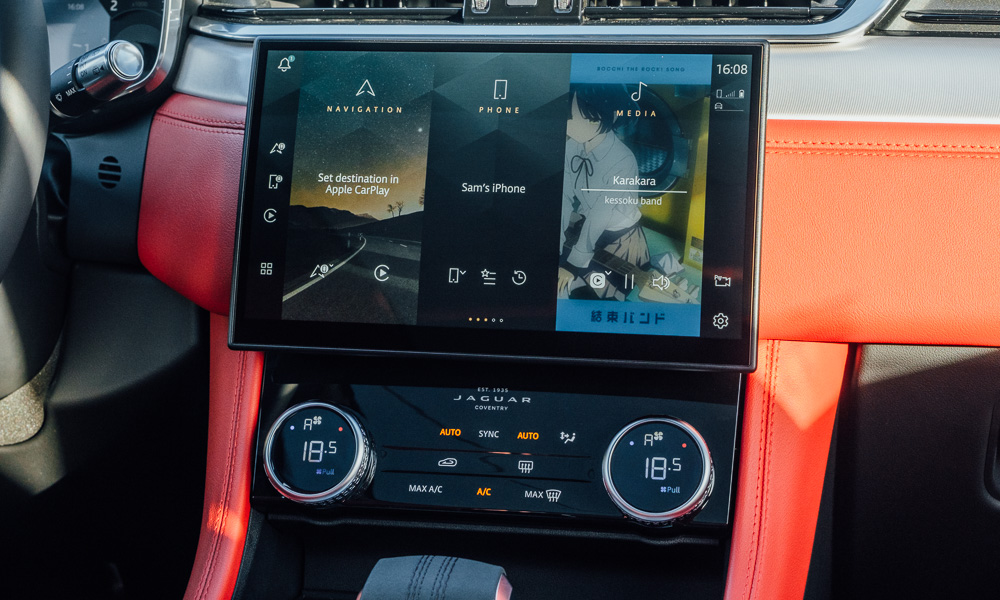
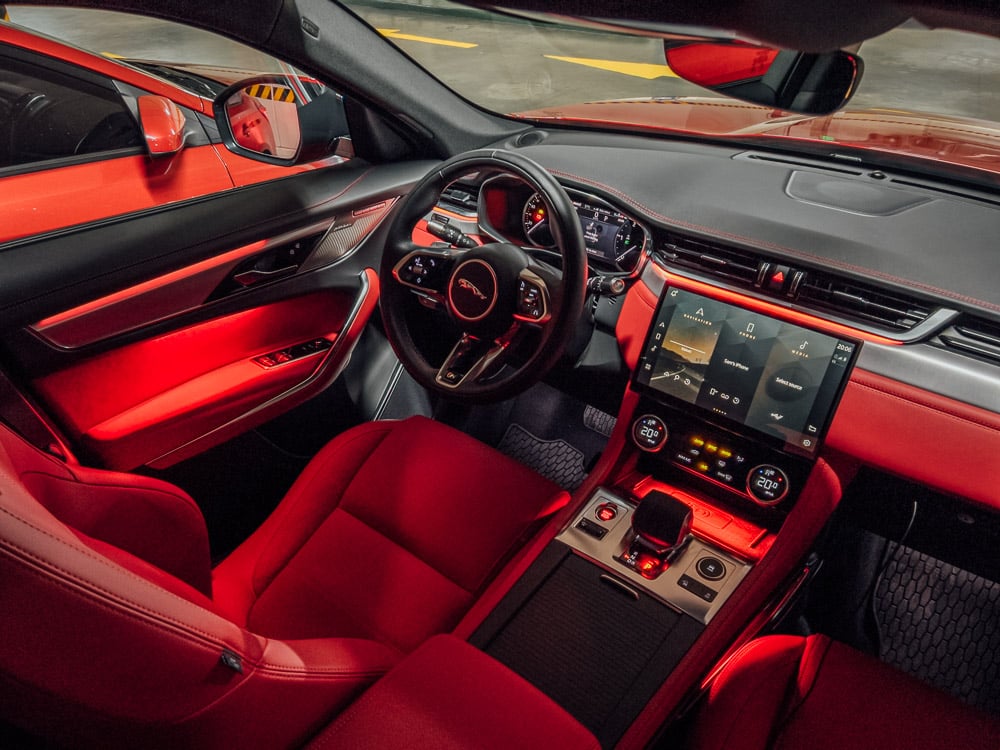
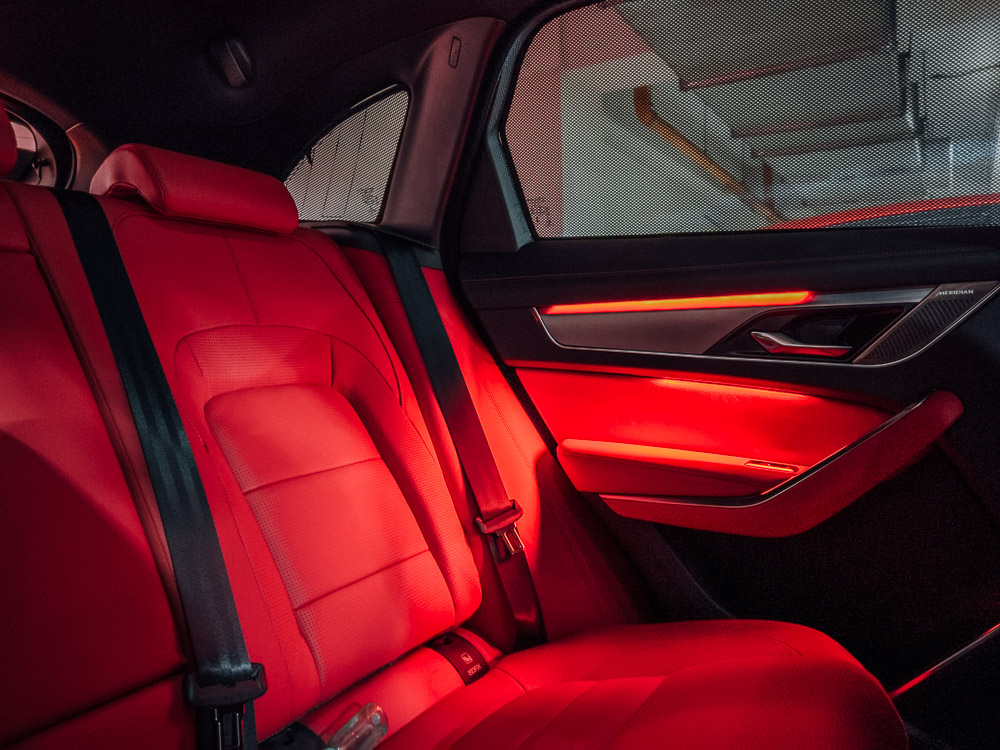
The interior is simply fabulous when it comes to design, build quality, and materials. The layout of the switchgear is sensible and ergonomic, and the dashboard wraps around you as if it were a sports car. Plus, it has one of the classiest implementations of ambient lighting in a luxury car so far.
I am a bit torn with Jaguar’s implementation of climate controls, where you have physical dials that you push (or pull) to change fan speed and temperature, which is great. On the other hand, the touch-sensitive controls for the rest (with haptic feedback) seem a bit sloppy, with the air direction controls taking over the main screen. It’s a bit of a regression from the dual-screen layout of previous cabins.
Despite that, it’s a very roomy-feeling cabin, especially thanks to the use of bright colors and trim materials, and the panoramic glass roof above your head. But the bright-red upholstery is not for everyone, especially for the conservative older generation that this car is probably targeted at. Fret not—there are other colors available.
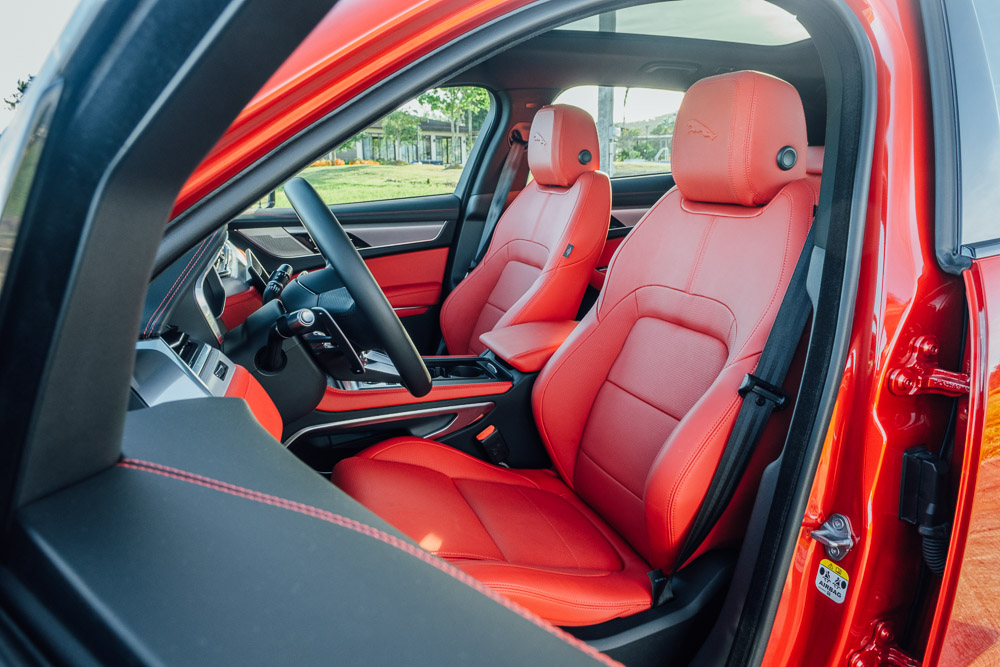
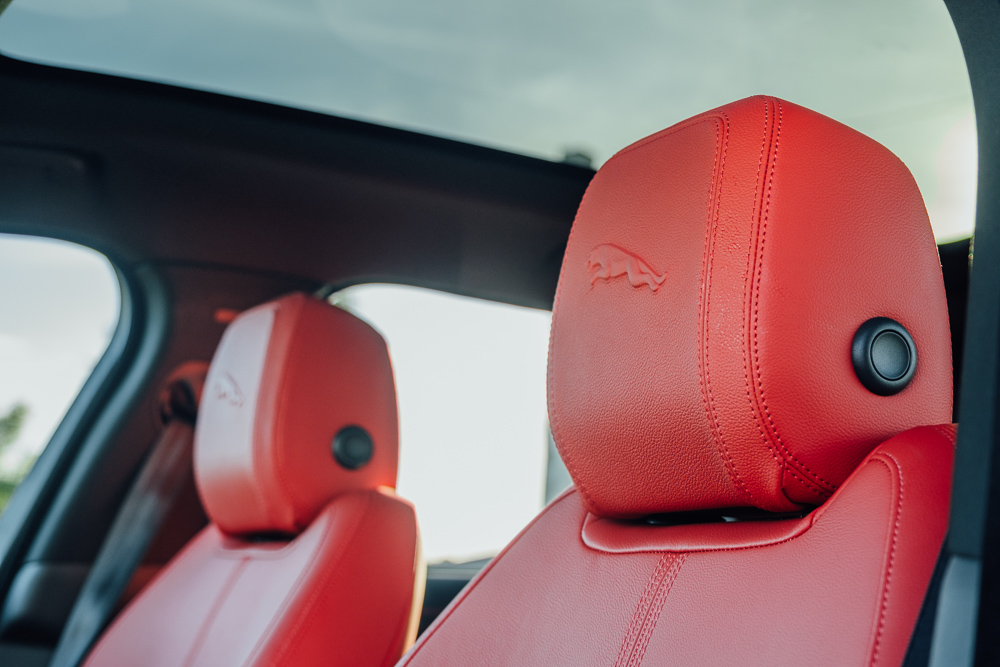
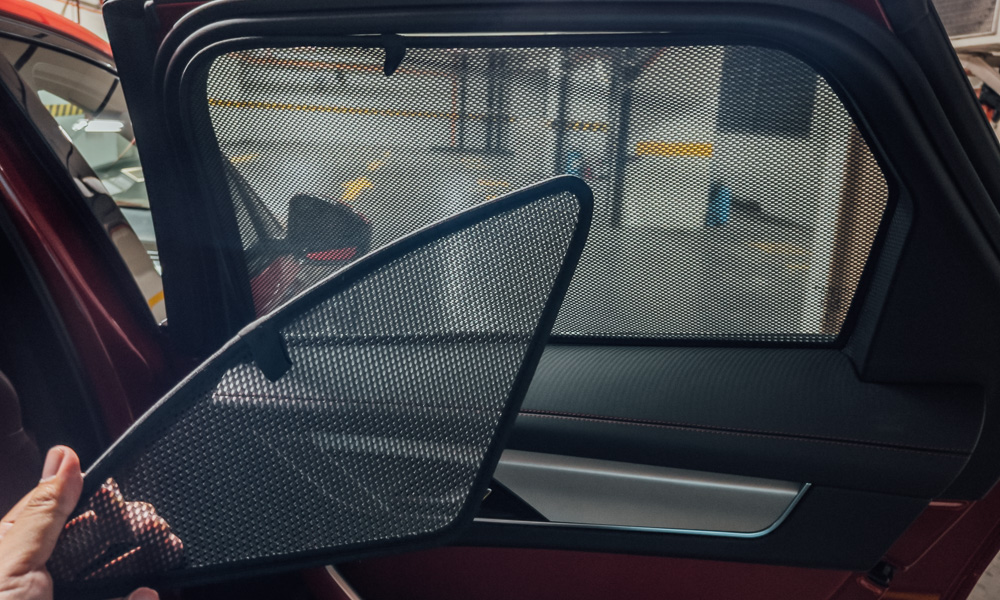
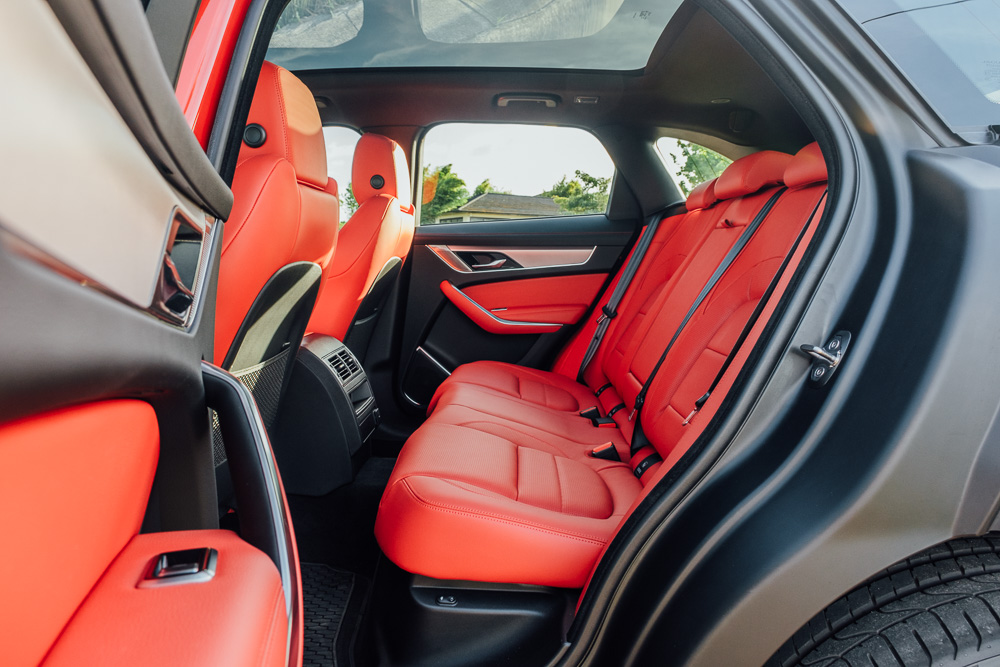
The electronically adjustable front seats (which aren’t heated nor cooled) have the right mix of sport and comfort in them, but the embossed Jaguar logo on the headrests can get a bit uncomfortable for long drives. The rear seats are just right, with good legroom, headroom, and elbow room if you’re seating four. Oh, the rear seats can electronically recline, which makes on-the-fly adjustments easy-peasy.
Unfortunately, the poor passenger who will seat in the middle will end up with the short end of the stick (unless he/she is a small child), as the cushion is firm compared to the plush outer seats, and the prominent transmission tunnel will require both passengers to give up some personal space for the middle-seat passenger’s legs.
And there are no charging ports or climate controls for the rear vents, but you do get a small cubbyhole, a 12V socket, and sunshades for the rear windows that are extremely fiddly to take off and put on.
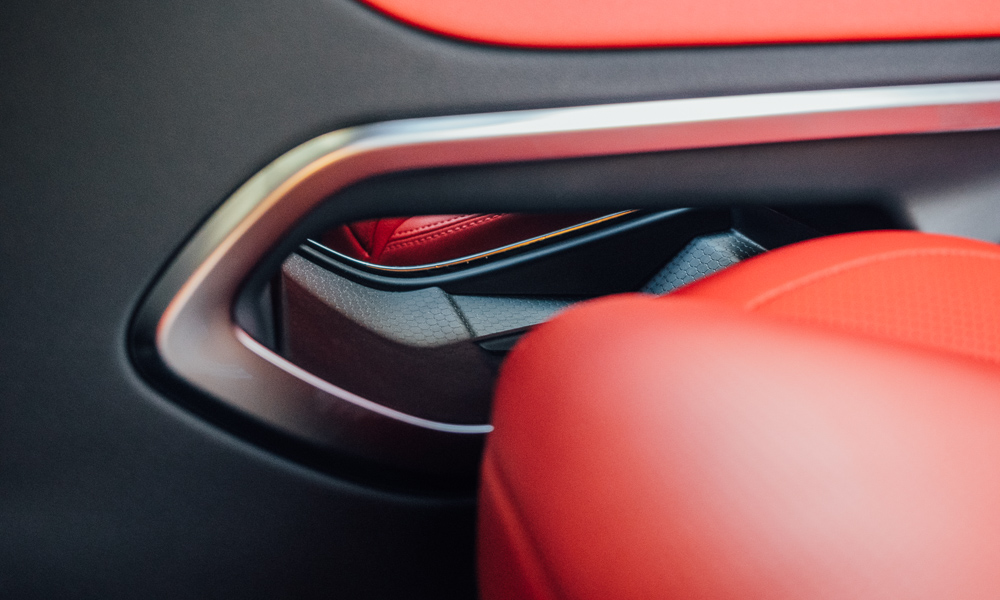
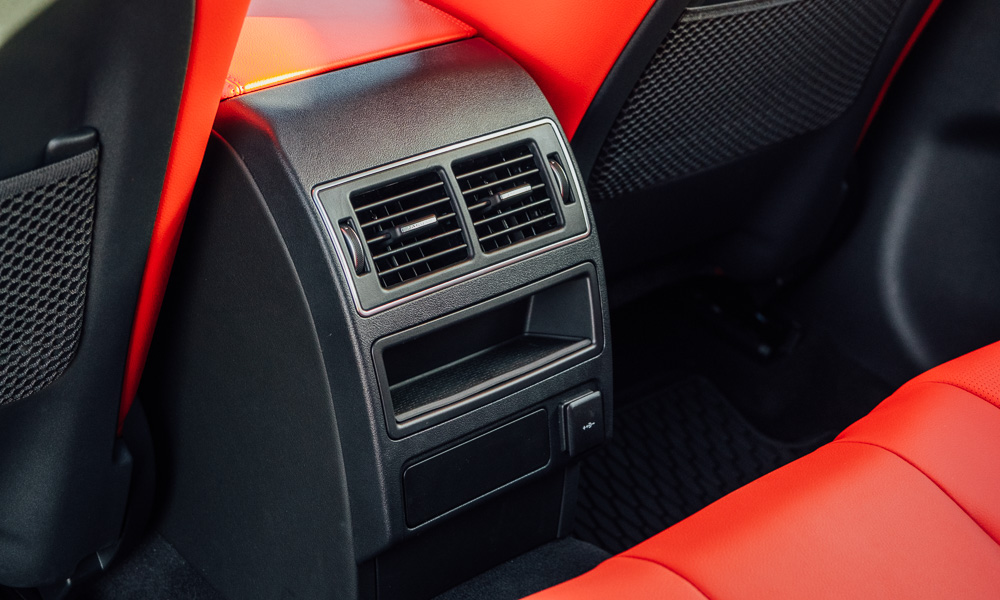
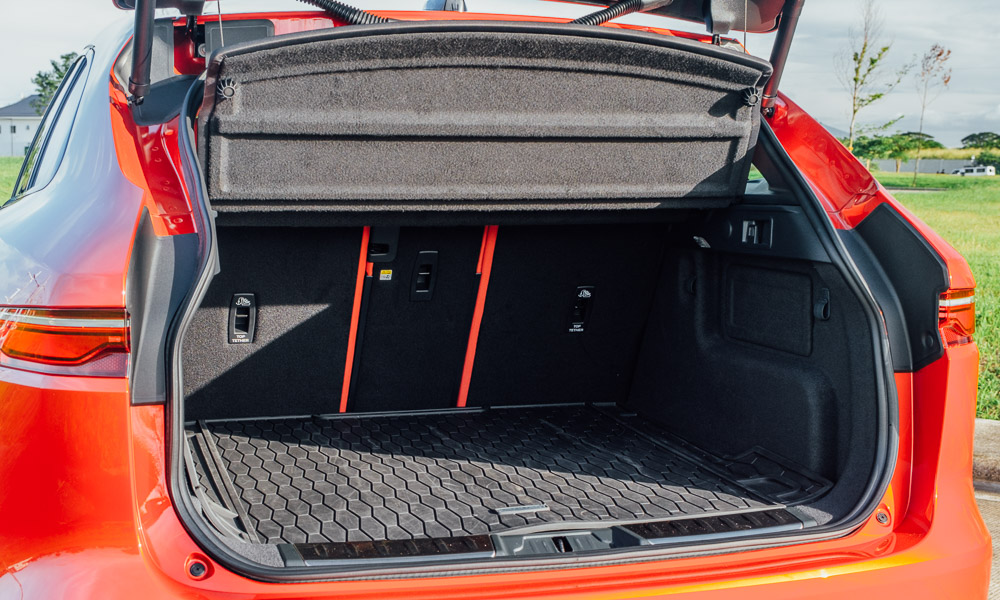
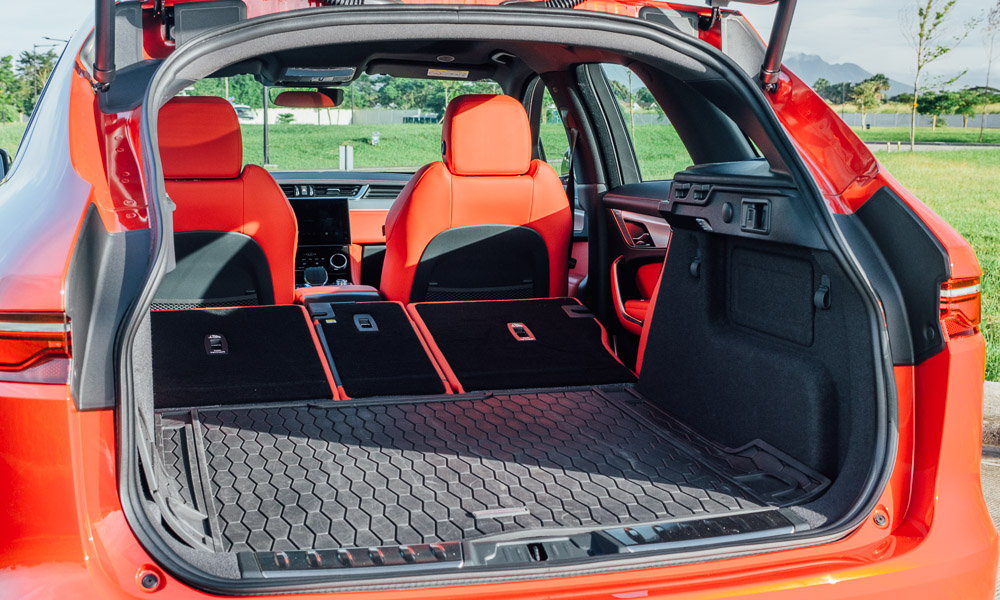
Being a crossover means that it naturally excels at practicality. There is a whole slew of compartments to stow items away within the cabin, and with the seats up, you can have up to 601L of boot space, assuming you remove the load cover. With the 40:20:40-split rear seats folded flat (almost), that figure extends to 1,428L. Not too shabby.
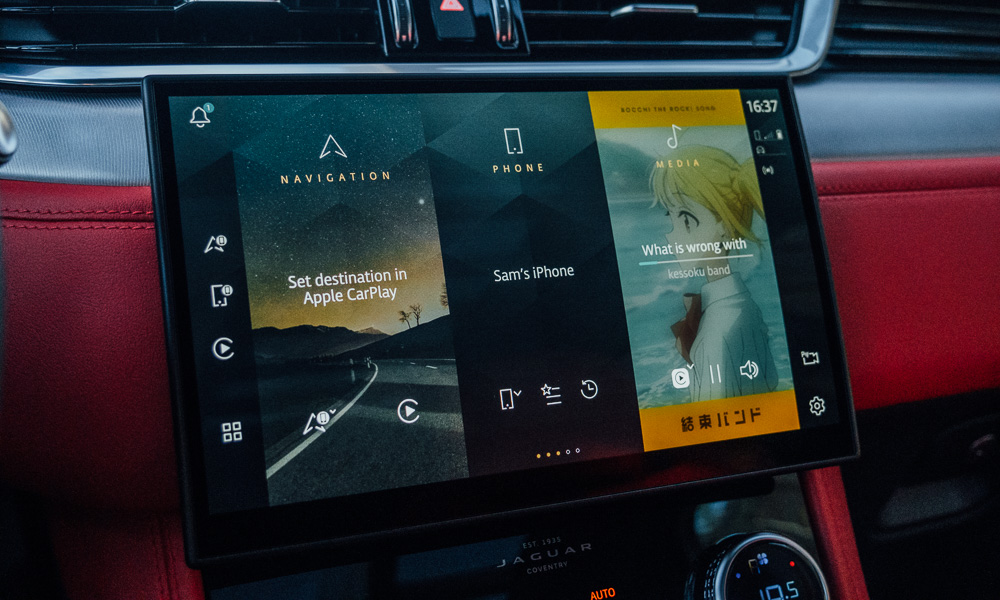
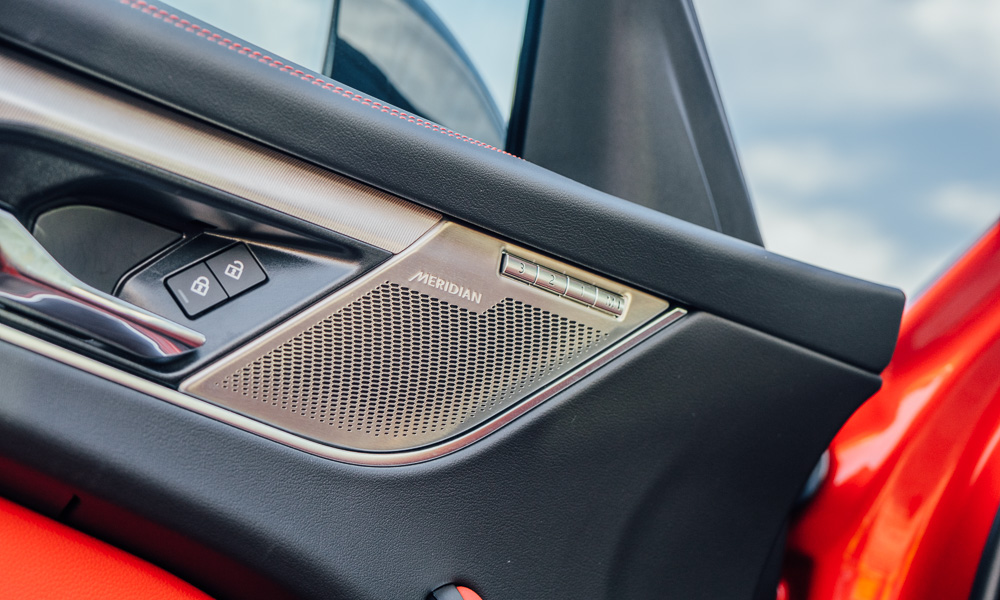
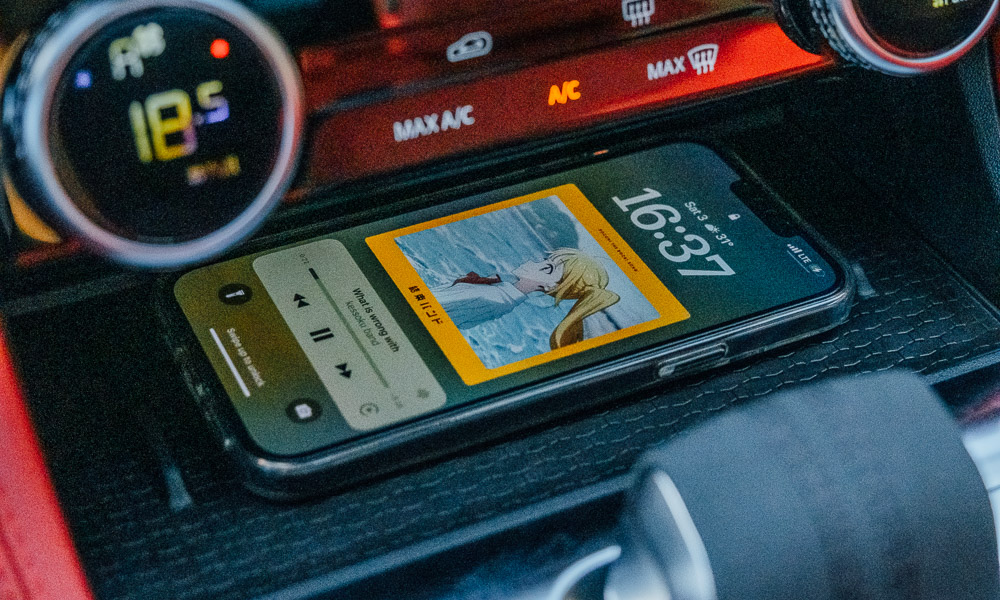
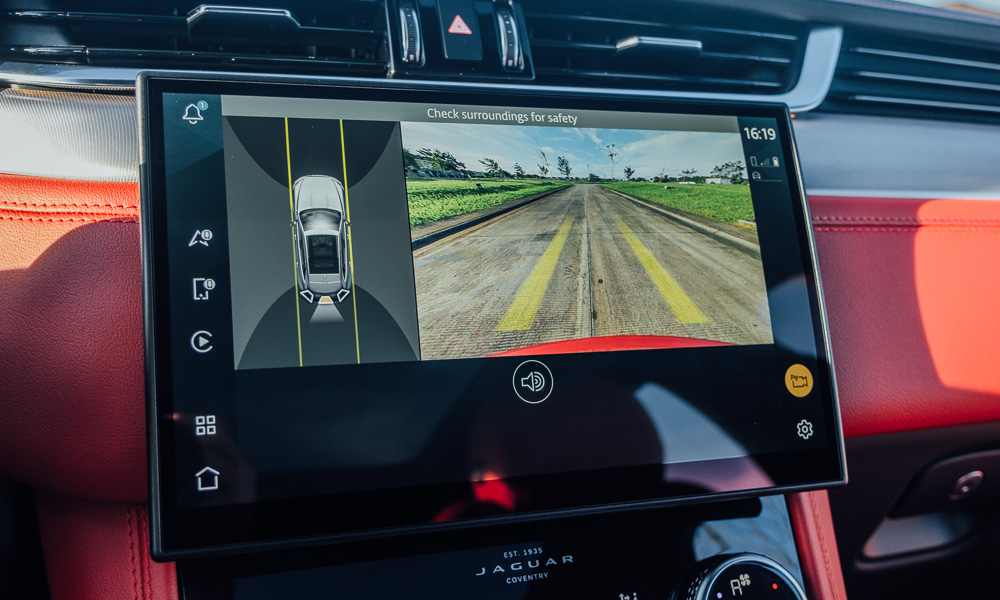
One of the biggest improvements in the current generation of Jaguar-Land Rover products is the introduction of the Pivi Pro software running on the convex 11.4-inch touchscreen and partially digital instrument binnacle. It has over-the-air updates (like a smartphone), and wireless Android Auto/Apple CarPlay support alongside a wireless charger.
While convenient, it’s not the most stable and battery-friendly option, so I was overjoyed to find out that a recent update to Pivi Pro finally allows for a wired connection for smartphone integration via the two USB-C ports hidden under the center armrest. This will allow you to make the most out of the fantastic 12-speaker Meridian sound system.
But I find the lack of driver assistance and safety features glaring for its price point, since it only has standard cruise control, speed limiter, lane-keeping assist, and single rear-view camera. A blind-spot monitor and a 360° camera would help a lot, especially with this vehicle’s girth, which the engine handles with relative ease.
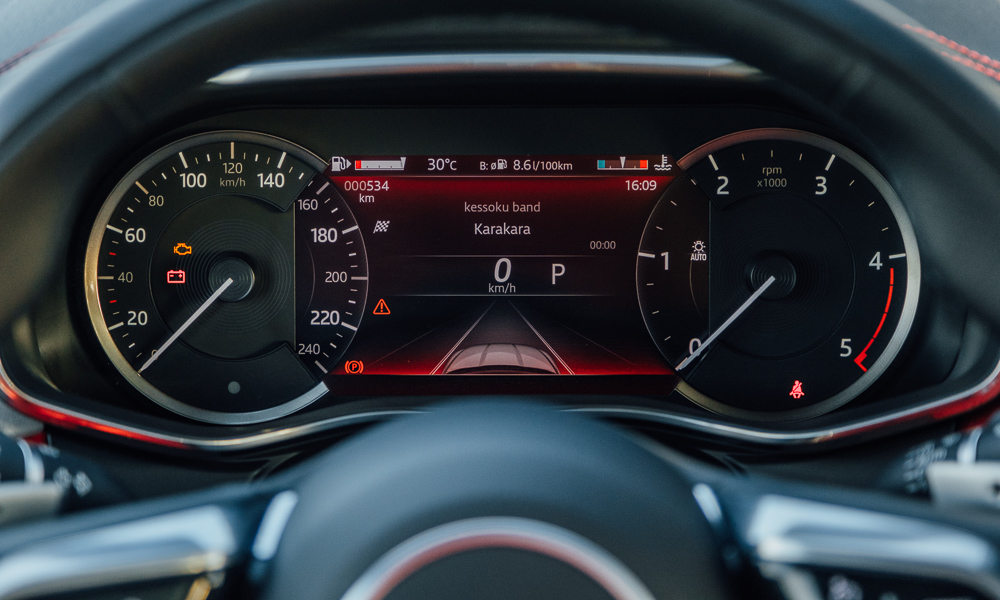
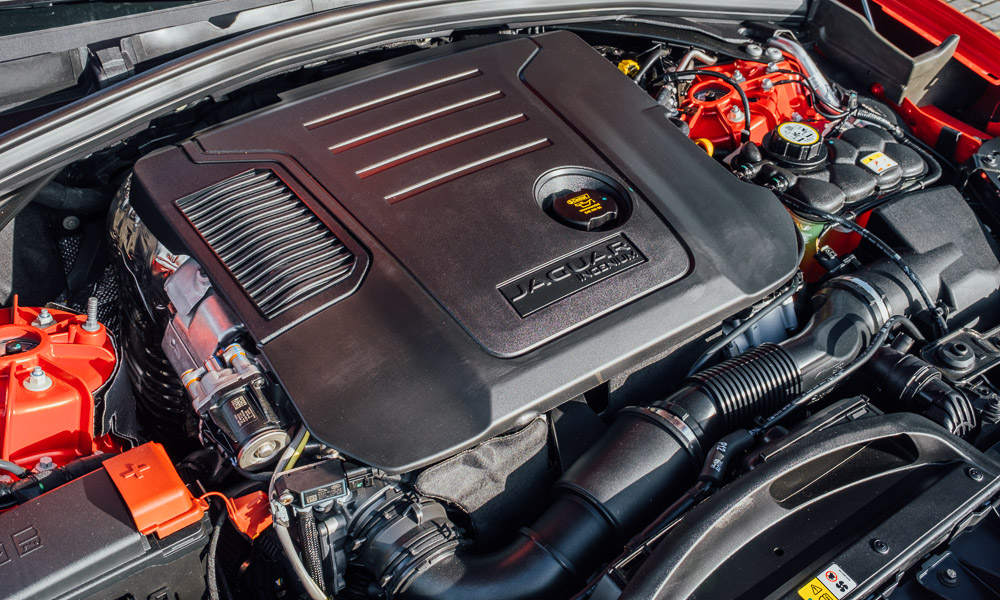
The 2.0-liter in-line-four Ingenium turbodiesel underneath is refined enough to hide the diesel clatter, while being frugal enough with fuel economy figures of 9.9km/L for the city (in holiday traffic), and 13.5km/L for the highway.
But, as with most diesels, it will feel dead at first (even in Sport mode) until the turbo spools. Then, the 430Nm of torque will push everyone back into their seats, with all 196hp being sent to all four wheels. Great for fun by yourself, but your passengers will be disgruntled if you do this frequently. If you’re looking for more refinement and power, I would point you to spec the vehicle with an in-line-six engine.
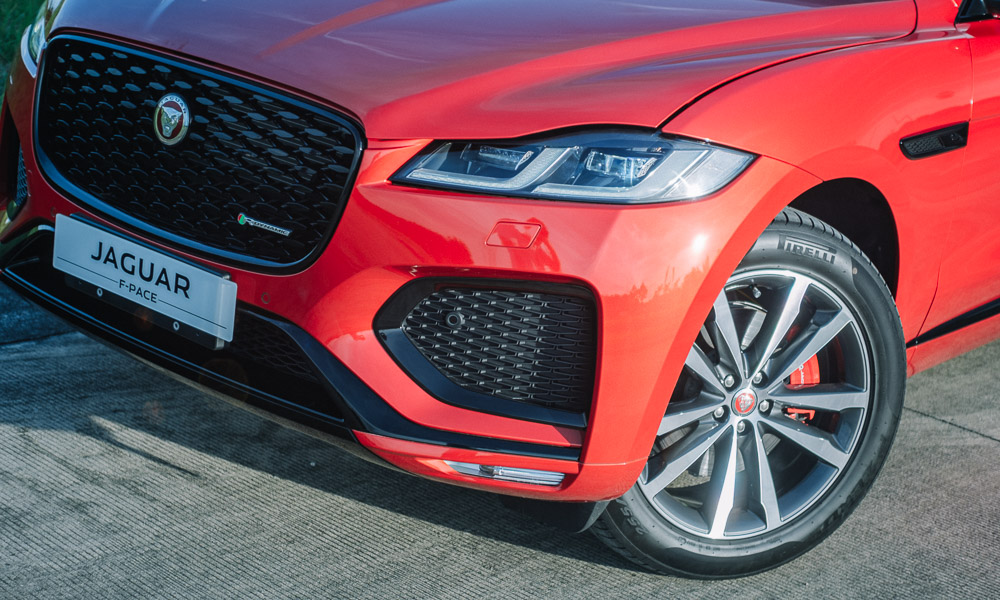
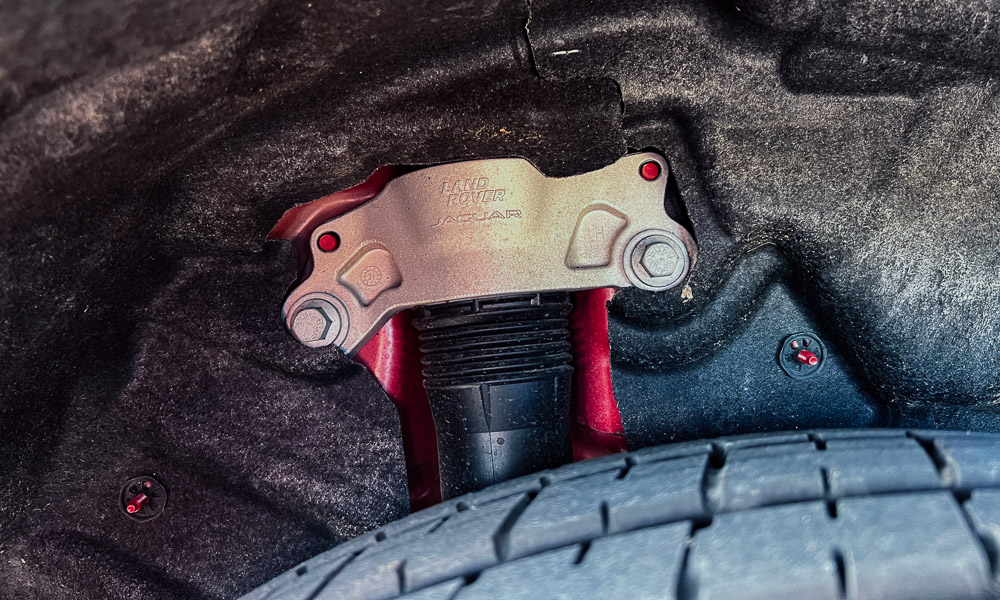
Being a Jaguar, I had (understandably) high expectations for the vehicle’s driving dynamics, considering that it’s the company’s modus operandi. It delivers, but I initially felt confused, considering I was also expecting it to have a rather plush ride, being a luxury crossover and all.
The ride is comfortable and refined enough for a luxury crossover, but the suspension is firmly sprung, making ventures over speed bumps, ruts, and uneven roads a little more pronounced. It handles corners surprisingly well with little body roll and a responsive steering feel, despite having 213mm of ground clearance. A colleague and I observed that the car could feel a little stiffer if it did not have a panoramic glass roof fitted.
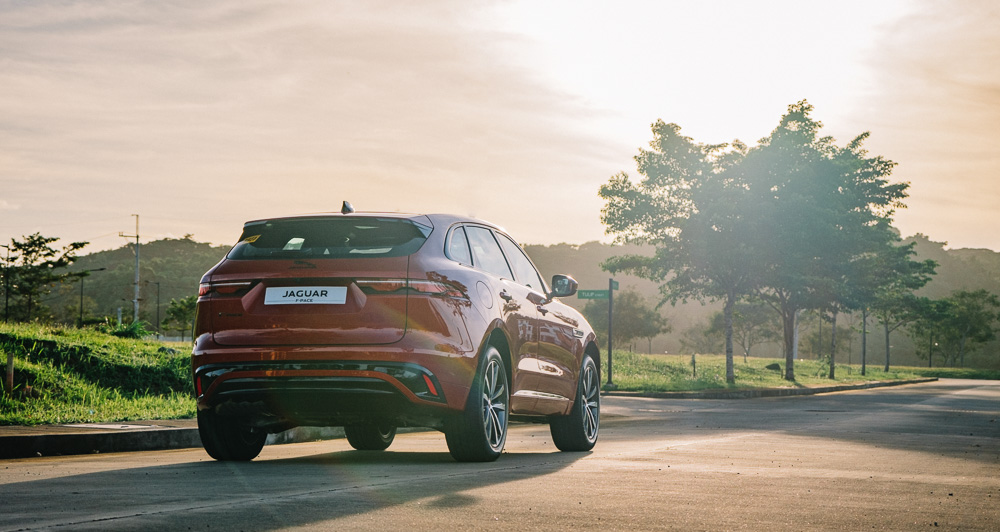
The sporty DNA in the F-Pace makes sense, but would you really be throwing this around corners hard all the time? The target clientele would probably be taking this to the car parks of high-end malls, or gently around the bends of their gated communities.
It’s a fantastic crossover with all the good traits that a Jag is known for. Its asking price, which starts at P6.19 million (before options), is a lot to swallow, considering other luxury crossovers are better equipped for similar pricing or less. If you were really looking at outright luxury, its stablemate, the Range Rover Velar, also starts at the same price.
But hey, if you can afford it, you’re buying into the sportier side of the luxury-crossover spectrum in a package that looks so damn good. It will also be the last of its kind, considering Jaguar is in the process of going all-electric pretty soon.
JAGUAR F-PACE D200 R-DYNAMIC
| Engine | 2.0-liter in-line-four turbodiesel |
| Transmission | 8-speed automatic |
| Power | 196hp @ 4,250rpm |
| Torque | 430Nm @ 1,750-2,500rpm |
| Dimensions | 4,747mm x 1,655mm x 1,664mm |
| Drive layout | AWD |
| Seating | 5 |
| Price | P6,190,000 |
| Upside | Striking looks inside and out while still being practical—an engaging driving experience. |
| Downside | A bit expensive for the tech on offer, and most may not enjoy its firm and sporty ride. |


0 Comments